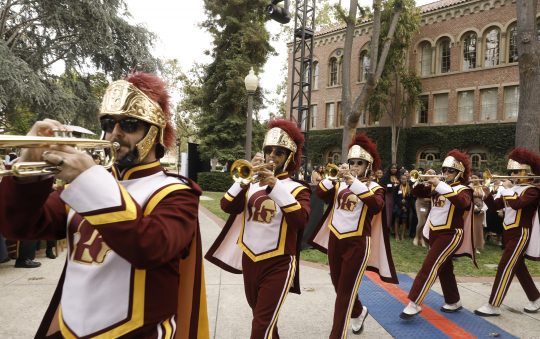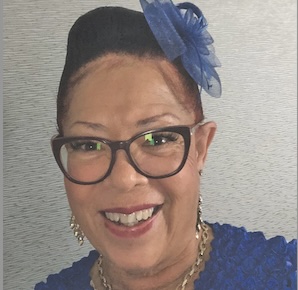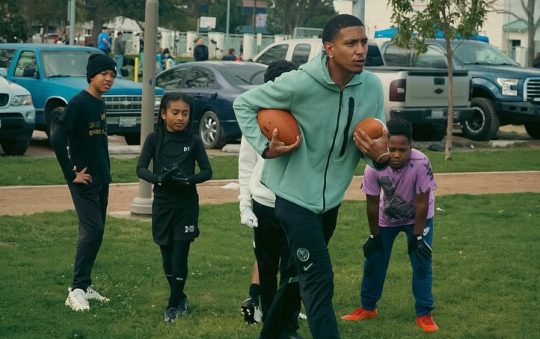
Dr. King’s footprints in Los Angeles include multiple visits to the City of Angeles during the Civil Rights era.
Martin Luther King, Jr. is unquestionably one of the greatest civil rights leaders of our or any time. He left an indelible impact on the psyche of humanity when it comes to human rights and equality.
Along his journey and before his untimely death, King made frequent visits to Los Angeles. Many of his visits in the late 1950s to 1960s consisted of private fundraisers, places of worship, educational institutions and conferences.
In July of 1960, King traveled to Los Angeles to attend the Democratic National Convention, which would see the nomination of John F. Kennedy as the Democratic candidate for president. On King’s agenda was garnering attention to make civil rights a part of the DNC.
Related Links:
Honoring the Revolution in Watts
Bass Releases Campaign Ad Highlighting Caruso’s Failure to Protect Young Women at USC
King gathered about 5,000 protestors and activists at the Los Angeles Sports Arena near the University Park Campus at USC. As a result of his and others’ efforts, Democrats acknowledged the civil rights movement by enforcing the Civil Rights Acts of 1957 and 1960, according to the USC website.
In May of 1964, the Los Angeles Memorial Coliseum hosted the Religious Witness for Human Dignity event featuring Dr. King according to the Los Angeles Coliseum website. He spoke to an audience of over 14,000, which included celebrities, supporters and more. Among the topics of discussion, Dr. King spoke about the Civil Rights Act, which was being stalled by the Senate at the time.
“Now is the time to make real the promises of democracy,” stated Dr. King. “Now is the time to open the floodgates of opportunity and allow now an avalanche of justice to pour upon us. Now is the time to get rid of segregation and discrimination. Now is the time to make justice a reality for all of God’s children.
“This is the challenge of the hour.”
This speech came less than a year after the famous “I Have A Dream” speech. In about a month, President Lyndon Johnson broke the stalemate in the Senate and the Civil Rights Act was passed.
In February 1965, King came to Los Angeles for a series of meetings that included a Jewish synagogue and a Baptist church. He also attended a benefit performance of “The Greatest Story Ever Told” and was an honored guest at a civic luncheon attended by about 1,800 people that was organized by the City of Los Angeles and the Los Angeles World Affairs Council. The city would then declare February 24 and 25 “Martin Luther King Days” according to nationalarchives.gov.uk.
In August 1965, King came to Los Angeles in response to the Watts Rebellion (Riots). The event, which saw a 21-year-old, Black man, Marquette Frye, arrested for drunk driving in the Los Angeles’ Watts neighborhood, sparked six days of rioting, 34 deaths, over 1,000 injuries, about 4,000 arrests, and property destruction ranging in the area of $40 million.
California Governor Edmund Brown didn’t want King to come to Los Angeles but King came to show support for those living in disenfranchised conditions made worse by the rebellion. King was against the means of the rebellion, but pointed out that the conditions of people of color within the community prompted the response.
King noted economic deprivation, social isolation, inadequate housing, and general despair were key factors in the Watts Rebellion. Ultimately, King felt the Southern Christian Leadership Conference (SCLC) should move north and lead a movement to address issues facing Black people throughout the nation’s urban areas.
King had a purpose to fulfill in Los Angeles and many other cities across America because there was a deficit in humanity. His visits to Los Angeles not only made a difference and furthered the civil rights movement but, inspired people. King planted seeds in the hearts of others to continue the fight for justice, equality and civil rights today.







